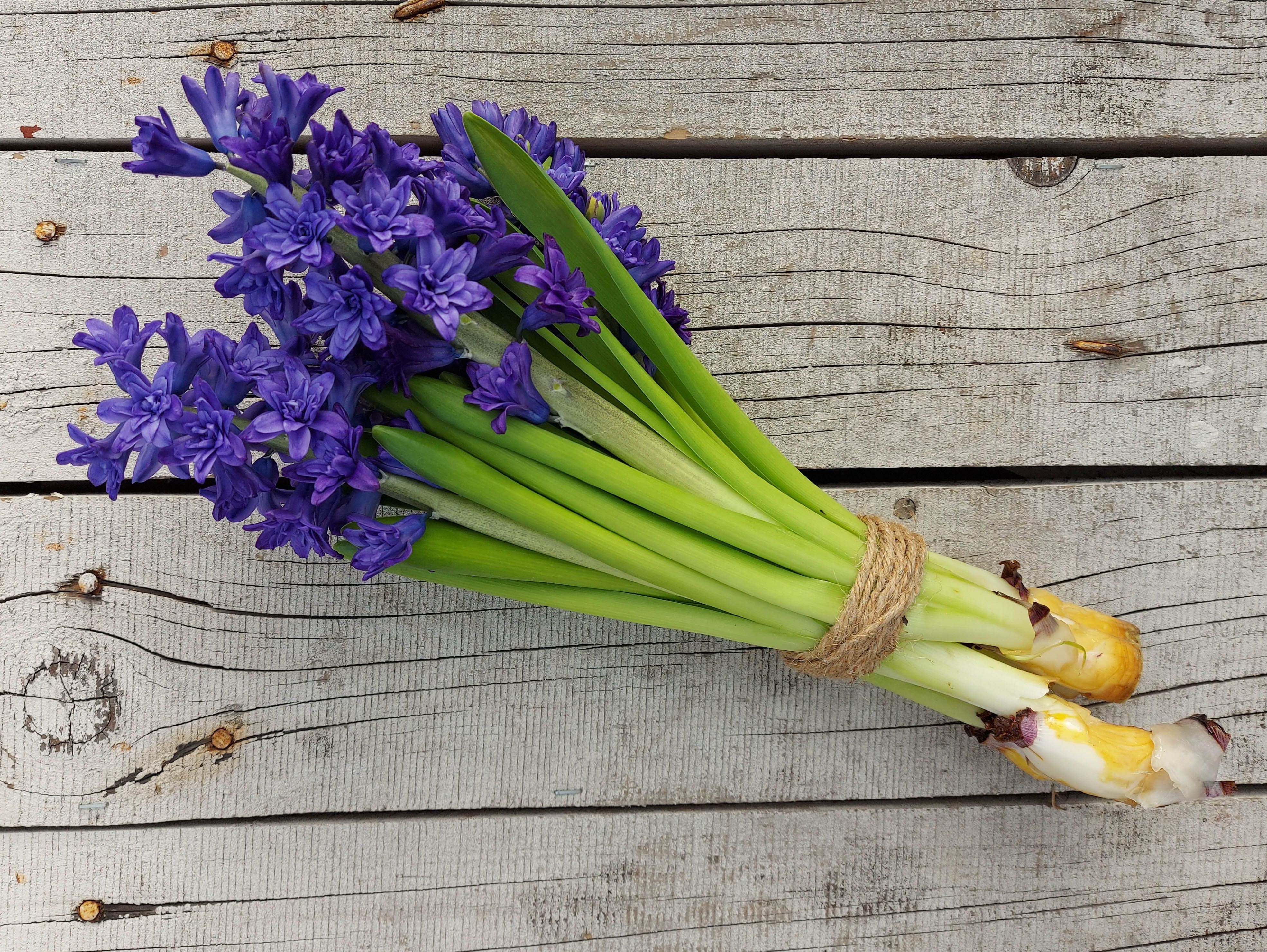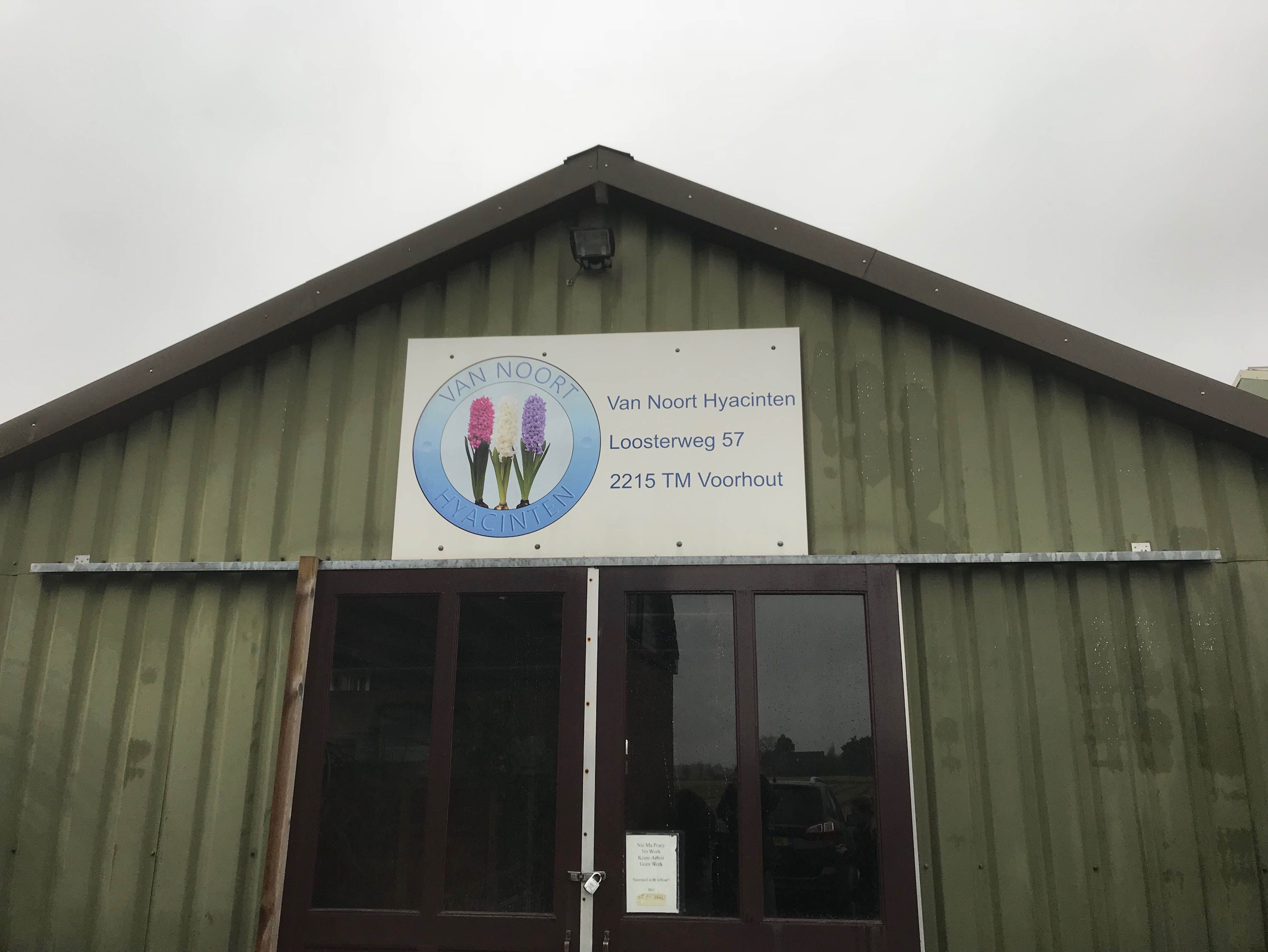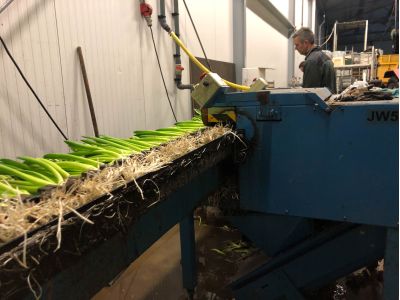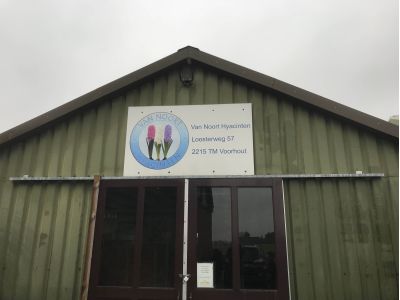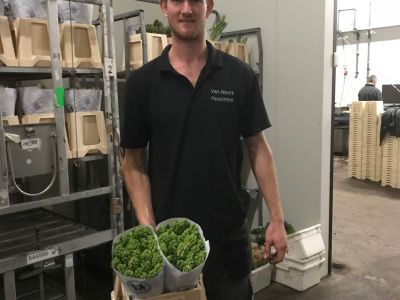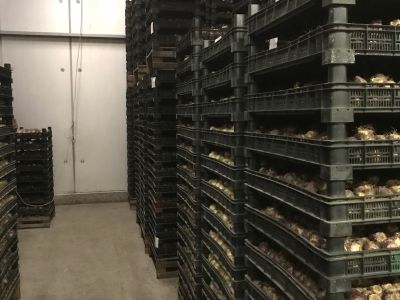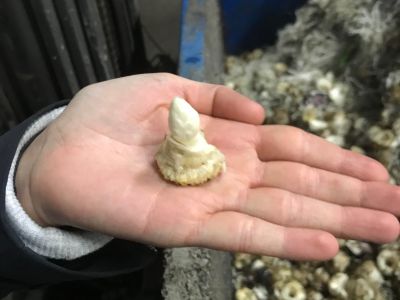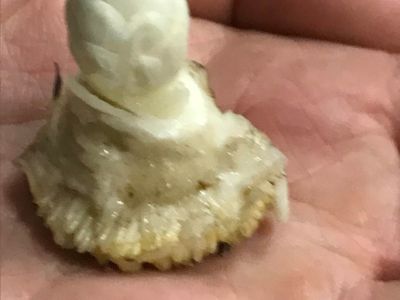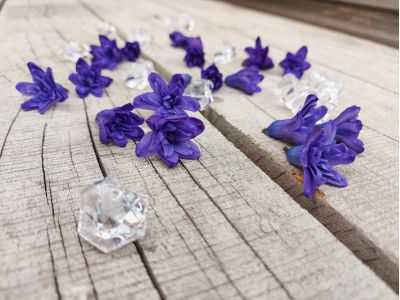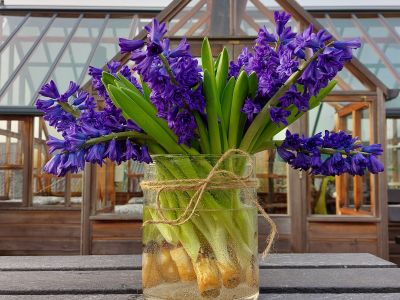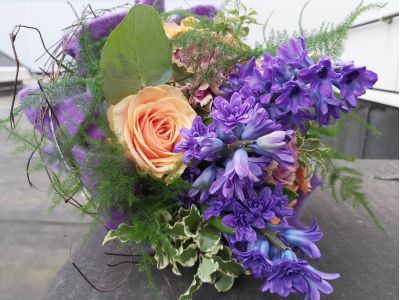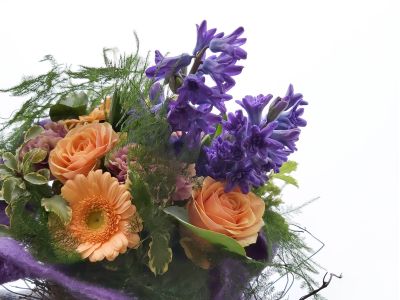Hyacinthus Manhattan
In the spotlights
International Flower Network (IFN) is a company that offers various worldwide growers a stable digital environment with maximum sales support. IFN offers support to the participating growers in both administration and sales. Since last month, IFN has its own table on the FloraPodium, where affiliated growers can show their eye-catchers every week. Ruud van Noort, from nursery Van Noort Hyacinths, brought the Hyacinth "Manhattan" to the FloraPodium. A very special double-flowered hyacinth that we would like to get to know better.
Van Noort Hyacinths
Nursery Van Noort Hyacinten was founded in 1976 by the grandfather of brothers Ruud and Frank. The brothers now grow 15 types of hyacinths. It’s a true family business; in the high season their mother also helps out.
The hyacinths are grown indoors on 1,500 square meters. The bulbs are grown on three hectares outside. To produce the final product, the hyacinth, the brothers first grow (which is propagating the bulb) and then force (flowering of the bulbs).
Because they also grow 25% of the bulbs themselves, they only need to buy 75% of the bulbs from other bulb growers. The bulbs are fully scalded in water in the main season. This type of growing had already been introduced with tulip growers, but it’s now getting more accepted with other crops as well. The biggest advantage is that the hyacinths stay clean (less sand, etc. on the stems). That is a huge plus when the flowers are being exported. If there is still soil/sand on the stems, some countries may not allow them to be imported.
In the spotlight
"Manhattan" is immediately noticeable because of the beautiful deep blue color of the flowers. In addition, the spikes of the Manhattan are filled (double-flowered), which makes it even more special.
The "Manhattan" was bred from the Dark Ocean, a variety that we had in the spotlight on the FloraPodium two years ago.
The Dark Ocean won the CNB award in 2019 for "Best Hyacinth in a Vase". “The Manhattan is actually the Dark Ocean, but then the double-flowered one,” says Ruud enthusiastically. Despite its special color and flower shape, the "Manhattan" is not yet well known in the market. "And that's a shame," says Ruud, "it's a really nice strain for the trade, but it needs to be seen a bit more, it's special enough".
The Manhattan is a variety that you can enjoy for a long time. The spikes are large, the flowers are full and they look amazing in the vase for a long time. When you put a couple of them in a vase at home, they will provide that wonderful spring feeling. The slightly longer stems also make the flower very suitable for a cheerful spring bouquet!
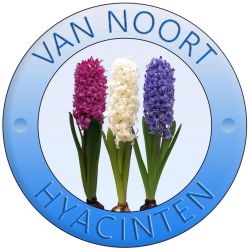
Cultivation
By means of special forcing techniques it is possible to grow hyacinths all year round. Still, the brothers choose not to. In the summer demand is very limited. From mid-August to December, they only scald a small number of different types of bulbs. From December to mid-May, the high season, they go all out.
Cultivation process
When the bulbs come from the land, they are placed in a cell that keeps the bulbs warm (25 degrees Celsius). In the warm cell, the flower develops in the bulb. After this heat period, the bulbs are planted in boxes, after which they are stacked in a large cold storage room at 6-9 degrees.
The bulb starts to take root, the flower starts growing from the bulb. As soon as the hyacinths are long enough, they are moved to the greenhouse (20-23 degrees).
Because there is no light in cold storage, the leaves of the hyacinths are still completely yellow when they leave the storage facility. But in the greenhouse they completely transform to beautiful green, fresh leaves. When the hyacinths are about 12 inches, they are harvested; this takes an average of 7 days.
With or without bulb
When the flowers are bunched, they are first stripped of their bulb. Only the inner part of the bulb remains attached to the hyacinth. Sadly a lot of consumers and even florists take that part off. It is however best to leave it on, that small piece of bulb ensures that the hyacinth can absorb its water better from the vase. Just one thing; hyacinths do not mix well with other flowers in a vase. The stems produce a lot of mucus, which makes it hard for other flowers to absorb water.
Propagation
After the two brothers took over the company more than ten years ago, they focused on automation and product range expansion. Ruud and Frank have invested a lot of time in recent years in supplying a unique range. Now they have a wonderful assortment of 15 varieties which is becoming increasingly well known. As with other bulbous plants, the propagation process takes an extremely long time. The brothers do not breed them themselves, but they have a good cooperation with various bulb growers. Every year new varieties are tested in the hatchery. If there are varieties that are satisfactory, they will be added to the range. But sometimes there are very few bulbs available of these new varieties, so it can take years before a large batch is available.
Automation
In addition to broadening the range, Ruud and Frank have also worked a lot on quality improvement and automation. The company is now almost fully automated and the bulbs are automatically transported to the right place. This way, they arrive at the bins at exactly the right time and people no longer have to lift the bins. This works a lot better! Furthermore, a tulip machine is used when planting to put the bulbs in hot boxes. In the future, we can expect even more supply of hyacinths from the duo, because a second layer is already being built in the newly built greenhouse on which an extra layer of hyacinths can grow. This new greenhouse also complies with the conditions for the green label certificate. This means that certain environmental requirements are met with regard to climate in the greenhouse, energy consumption and water consumption, but also that matters such as limiting crop protection (which is not used at Van Noort) and light nuisance receive sufficient attention.
FloraPodium, 04 March 2021







